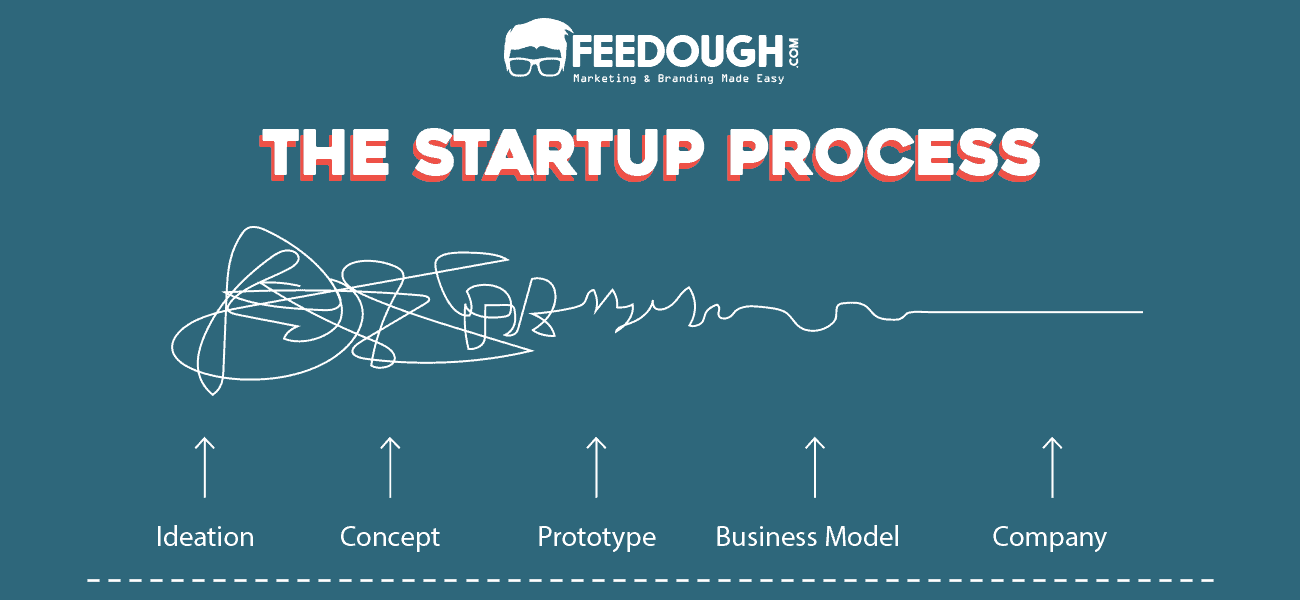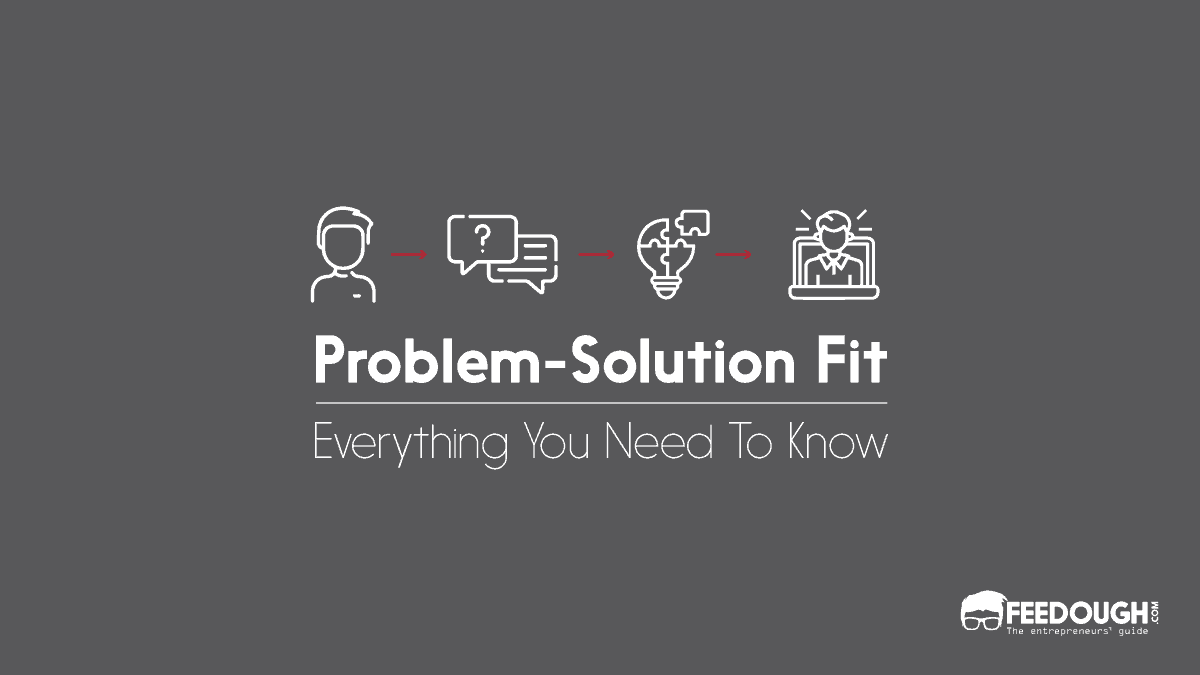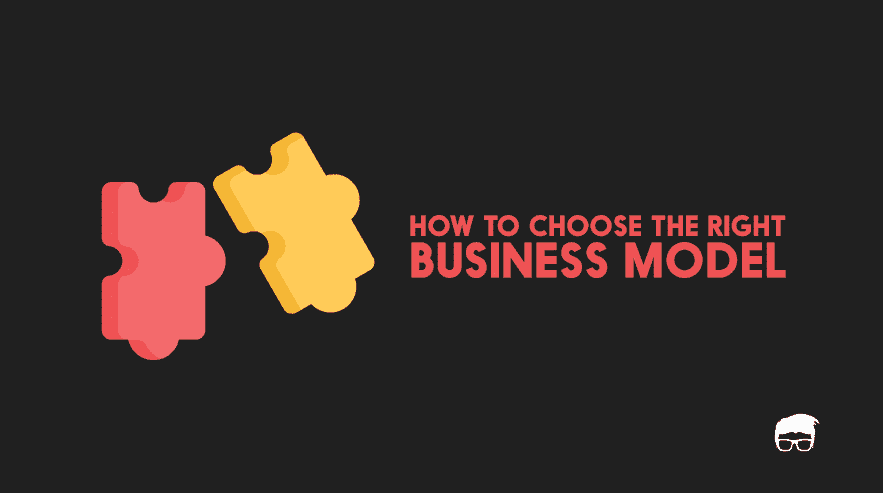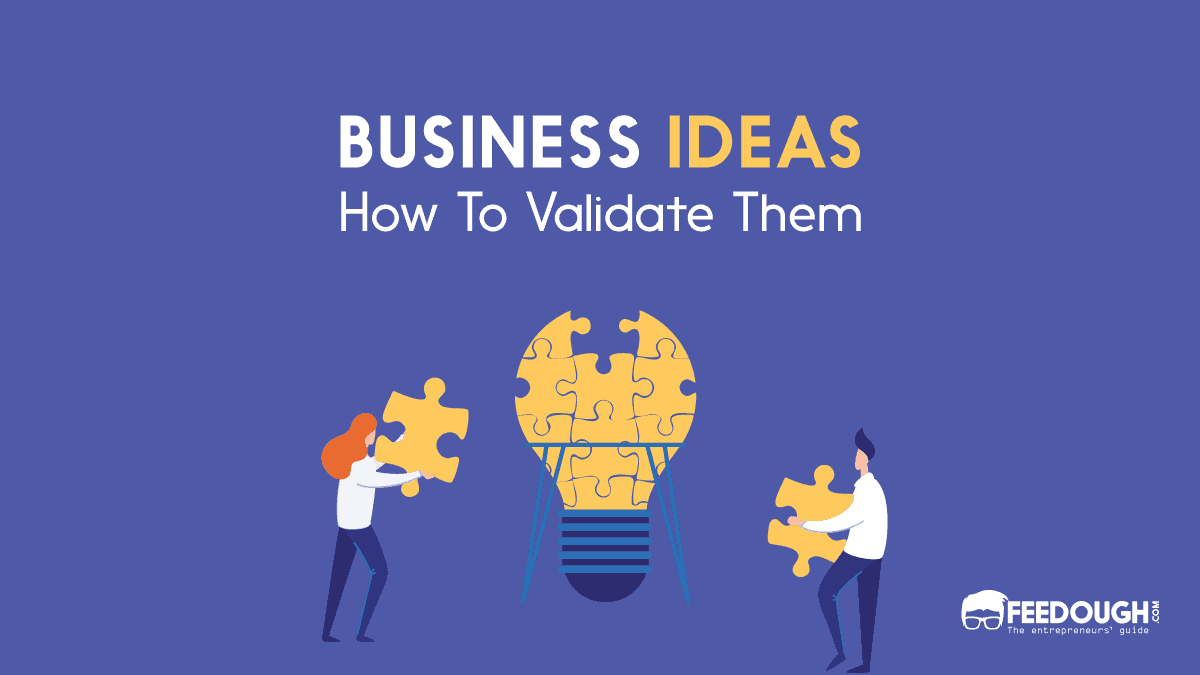You had an idea. You developed a product based on that idea. You succeeded in getting investment based on your pitch and now you own a company with some talented employees.
The problem – the startup isn’t taking off well. Your hypothesis isn’t turning into reality and investors have started to doubt your competence.
The actual problem – probably your product isn’t a good market fit or you’ve selected the wrong market for your product.
Fret not, even Java couldn’t find the right product-market fit the first time. The language was originally designed for interactive television but was too advanced for the digital cable television industry at that time.
Here’s a comprehensive guide to help you understand what exactly product-market fit means, why is it so important, and how can you find one.
What Is Product-Market Fit?
Product-market fit refers to having a product which is desired by the market and has the capability to satisfy its need.
This definition of product-market fit can be divided into two parts –
- A product that is desired by the market (Desirability): There’s a market demand for the product and people are actually looking for it. Market demand means that people are willing to pay to get a task done or solve their problem.
- A product that has the capability to satisfy the market (Feasibility): The product is able to solve the problem or help people get their task done. The product has to have the right features and be usable enough to be actually used by consumers.
Unlike the problem-solution fit, which is about whether your product can solve the problem, the product-market fit is about whether there’s a market for your product.
It’s worth noting that a product can have a problem-solution fit but not have a product-market fit. For example, you might have developed a product which is the most efficient way to solve a problem but there might not be enough people who actually care about that problem.
Why Is Product-Market Fit Important?
The product-market fit is important because it’s the make-or-break factor for a startup. A startup can have the best product but if there’s no market demand for it, the startup will fail.
Conversely, a startup can have an average product but if there’s enough market demand for it, the startup will succeed.
It’s also important to note that a product-market fit is not a one-time event. As the market changes, your product needs to change as well to maintain the product-market fit. For example, Snapchat was originally built as a way to send disappearing photos but it has since evolved into a messaging platform.
When Should You Look For A Product-Market Fit?
Ideally, you should validate your market demand during your MVP phase. An MVP is a minimum viable product which is the simplest version of your product that you can put out in the market to get feedback.
The MVP helps you collect feedback from actual users and not just your family and friends. And this feedback from MVP testing should help you validate whether there’s enough market demand for your product. If there is, you can start working on building the rest of the product. If not, you might need to pivot to a different product or market.
How To Find A Product-Market Fit?
The best way to find a product-market fit is through constant experimentation and testing. The Lean Startup methodology preaches the Build-Measure-Learn feedback loop which encourages startups to constantly build, measure, and learn from their experiments.
The idea is that you should constantly be testing different hypotheses about your product and market. These tests can be in the form of A/B tests, user surveys, interviews, etc. And based on the results of these tests, you either validate or invalidate your hypotheses.
This build-measure-learn feedback loop helps you realise when things have gotten wrong before it is too late. It also helps you validate your product-market fit early on so that you can focus on building the rest of the product.
The model revolves around the following four steps that you can use as well:
Plan
This is the initial stage where you plan the market hypothesis that you believe fits perfectly into the puzzle.
The hypothesis revolves around:
- The problem and what you think matters the most relating to that problem.
- The solution that you believe the target market is seeking and is ready to pay for.
- The product features that you think will resonate with the target market.
- The product pricing that you think will be acceptable to the target market.
- The business model that you think will work to monetise this solution for the target market
Build
Now, you move on to developing the MVP in order to validate the hypothesis that you have planned in stage one.
The MVP is the smallest yet essential version of your product that you can put in front of the target market to receive feedback about it.
It is the simplest product that solves the problem for the customer and allows you to start measuring key metrics.
Moreover, this version is essential-features-rich as it focuses on validating whether the customer is ready to pay for the solution that you have developed to solve their problem.
Measure
The MVP includes several data points and metrics that you can use to validate whether the product solves the problem for the customer in an efficient manner.
This also allows you to know whether customers are actually using your product and how much time they are spending on it.
In addition, it also allows startups to understand what features of their product are being used by customers the most and which ones are being ignored.
This stage is vital as it allows them to know whether they are on the right track or not and make changes accordingly.
Learn
The final stage is to learn from all the feedback that you have received in the MVP stage and know how well your product fits in the market.
It also allows startups to understand whether they need to make minor changes, pivot their business model, or change their product altogether.
The learnings from this stage are important to make decisions about the future of the startup.
How Do You Know If Your Product Is Fit For The Market?
There are a few key indicators that show whether your product is fit for the market or not. Here are a few:
The 40% Rule
The 40% rule is among the topmost factors in determining whether your offering is fit for the market. It involves taking feedback from the existing customers on how would they feel if they no longer have access to the offering. If at least 40% of them indicate that they will be “very disappointed”, your product is a good fit for the market.
Repeat Purchases
If your product is fit for the market, customers will show that they understand its value by repeating the purchases. If you experience an increasing percentage of repeat purchases every month, your product might be a good market fit. However, if the repeat purchase graph of your offering remains stagnant or falls every month, you need to reconsider your product and positioning strategy.
Word Of Mouth
A good product-market fit leads to word of mouth which brings in more customers. If you witness organic word of mouth marketing, good reviews, and coverage on publications and social media; probably your product is a good fit in the market.
Growth
A company with the perfect product-market fit scales up faster than other companies with not so good product-market fit. If your company is having an average annualised growth of at least 20% in the past 3 years, you’re good to go.
Sales Cycle
A sales cycle encompasses all activities associated with closing a sale. If your product is a good market fit, you don’t have to put much effort into selling it which results in deals closing quickly and a smaller sales cycle.
Product-Market Fit Examples
Every business is unique and so is its market fit. There are businesses that have a great product but still fail to find their market and vice versa.
Here are a few examples of products that achieved or failed to achieve a great product-market fit:
Google Glasses
Google Glasses is one of the best examples of a product that failed to achieve a great product-market fit. Despite having a great product, it never picked up in the market and was discontinued in 2015.
Slated as the next big thing, the product was too ahead of its time. It included features like a camera, voice control, and augmented reality which were not yet common among people.
Another reason for its failure was the high price point. For a product with no existing market, the $1,500 price tag was too much for people to justify.
Facebook created a product by validating a hypothesis inspired by the “what ifs” of its target audience. What if there were a platform that allowed people to connect with anyone in the world? What if there were a platform that allowed businesses to connect with their customers?
Facebook validated its offering by first launching it in college campuses and then expanding to other demographics.
The product was a hit with people as it solved a problem that they didn’t even know they had. Facebook quickly became the go-to platform for social networking and has since then acquired Instagram, WhatsApp, and Oculus.
Go On, Tell Us What You Think!
Did we miss something? Come on! Tell us what you think about our article on product/market fit in the comments section.
A startup consultant, digital marketer, traveller, and philomath. Aashish has worked with over 20 startups and successfully helped them ideate, raise money, and succeed. When not working, he can be found hiking, camping, and stargazing.
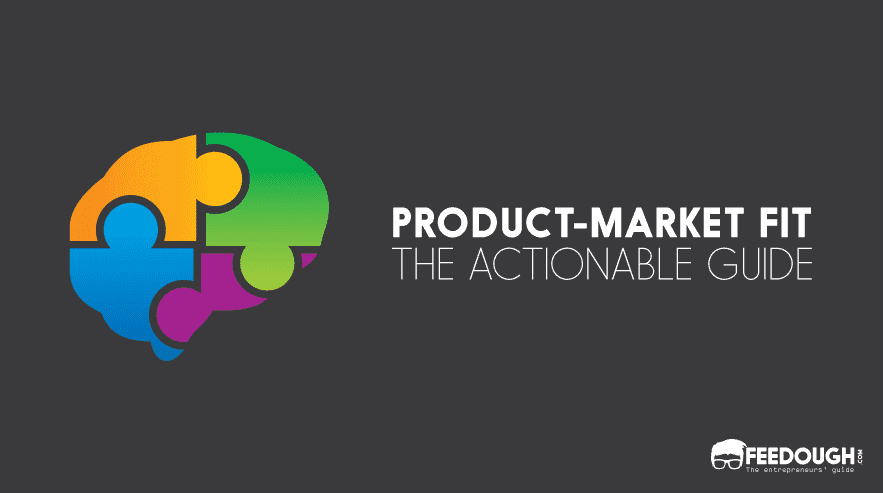

![What Is Proof Of Concept? [A Detailed Guide] proof of concept](https://www.feedough.com/wp-content/uploads/2020/04/proof-of-concept.webp)


